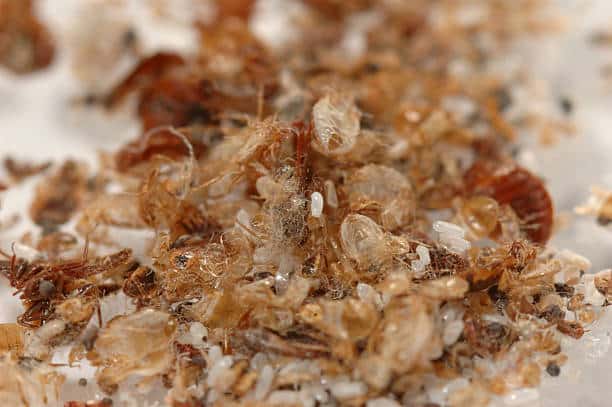If you’ve ever experienced a bed bug infestation, you know how frustrating it can be. These tiny, nocturnal insects are not just an annoyance; they can significantly impact your quality of life. Understanding how long bed bug eggs survive is a vital part of managing and eradicating an infestation effectively. In this comprehensive guide, we’ll dive into everything you need to know about bed bug egg survival—covering their life cycle, effective eradication techniques, and more. This article is a result of extensive research, bringing expertise and trustworthiness to help you solve this irksome problem.
What Are Bed Bug Eggs?
Bed bug eggs are encased in a hard, white shell known as an ovipositor or eggshell. They are often laid in hidden, tight spaces like the seams and folds of mattresses, box springs, and furniture. Once the eggs hatch, the nymphs, which are the juvenile form of bed bugs, don’t waste any time and start feeding on human blood immediately.

The Feeding Habits of Bed Bugs
These insidious insects begin their feeding process by piercing the skin with their specially adapted mouthparts. They then proceed to suck blood directly from your veins. After obtaining their fill, they detach themselves and move to another hiding place, only to emerge again when they’re hungry. This cyclical feeding pattern makes them incredibly hard to get rid of and is one reason why a thorough understanding of their life cycle is crucial.
Life Cycle and Stages
According to the New York State Integrated Pest Management Program (NYSIPM), bed bug eggs take approximately two weeks to hatch. Once hatched, they go through five distinct stages before becoming adults. The University of California’s Statewide Integrated Pest Management Program (SIPMP) elaborates that the entire process from egg to adult can range from 5 weeks to 4 months, depending on environmental factors such as temperature and food availability.
Bed Bug Lethal Temperatures
| BED BUG STAGE | LETHAL TEMPERATURE (HEAT) | TIME DURATION |
|---|---|---|
| Bed bug adults and nymphs | 113°F (45°C) | 95 minutes |
| Bed bug eggs | 113°F (45°C) | 7 hours |
| Bed bug adults and nymphs | 118°F (48°C) | few minutes |
| Bed bug eggs | 118°F (48°C) | 72 minutes |
| STAGE | (COLD) | TIME |
| Bed bugs in all stages | 0°F (-17.8°C) | 4 days |
| DRY ICE | ||
| Bed bugs in all stages | −109.3°F (-78.5°C) | 24 hours |
The Bed Bug Gestation Period
You might wonder what the gestation period is for these pests, especially if you’ve recently discovered an infestation. Female bed bugs lay around one egg per day, which will hatch in about 10-14 days. These newly hatched nymphs then take another 5 to 6 weeks to mature into adults. Astonishingly, a single female can lay between 200-250 eggs in her lifetime. This high reproductive rate highlights the urgency of addressing an infestation quickly and effectively.
Reproductive Capacity of Bed Bugs
Although bed bugs have a relatively short lifespan—about a year—they can produce an alarming number of offspring. With each adult female laying an average of 5-6 eggs daily, even a small infestation can quickly grow out of control. Current research from Dr. Dini Miller’s lab suggests that a female bed bug will lay between 1 to 7 eggs daily, but only around 113 eggs over her lifetime.
Bed Bug Larval Stage
When bed bug eggs hatch, they are often referred to as larvae. These newly hatched bed bugs are incredibly small, often the size of a grain of sand, and can usually only be seen under a microscope. Despite their size, they are capable feeders and will bite humans to obtain the blood they need for growth.
Habitats: Where to Find Bed Bugs
Contrary to popular belief, bed bugs aren’t outdoor creatures. They prefer indoor environments and can be found in a variety of places with high human traffic. Hotels, resorts, hostels, and apartments are common habitats. They can also be encountered in buses, churches, community centers, homes, hospitals, schools, theaters, barracks, dressing rooms, and nursing homes. Importantly, these pests are not discerning when it comes to cleanliness—they’re attracted to blood, not filth.
By understanding the intricacies of bed bug biology and behavior, you can arm yourself with the knowledge needed to eradicate these irritating insects effectively. Stay vigilant, consult experts, and take decisive action to keep your living spaces bed bug-free.

Editorial Staff
Our writers, editors, content managers, and SEO specialist. We all take part in crafting amazing articles. We spend hours ensuring that each article is based on facts, researched, and thorough. You'll never want to click the back button to look for more answers other than here!
